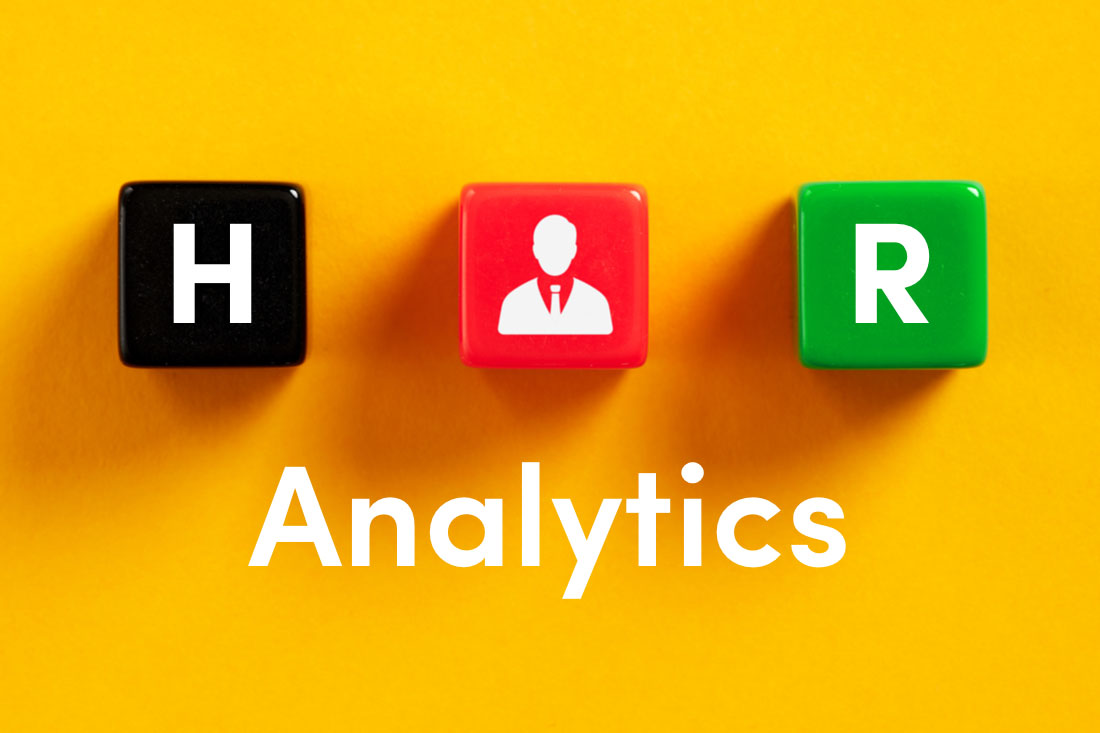Data is one of the top drivers of business success today and human resources (HR) analytics is no exception. Most businesses have ample data from HR functions — you just need to put it to work. By leveraging HR analytics, your organization will unlock better decisions on recruitment, employee retention and performance management.
In this comprehensive guide, we’ll discuss the seven top benefits of HR analytics and its role in shaping effective business strategies.
What is HR analytics?
HR analytics, also known as people analytics, is the collection, analysis and interpretation of people data to optimize HR processes. It provides an in-depth understanding of an organization’s workforce, from individual employee productivity to team dynamics and from recruiting processes to retention efforts. HR analytics tells the story of an organization’s workforce, showing which processes, tools and technology are improving or hampering HR efforts.
The right data and analysis empowers HR departments to balance workloads, improve training and development, fine-tune recruiting strategies and even optimize benefits and pay. Collecting data like employee hours, time-to-hire ratios and costs of hiring provides important insights organizations need to understand what’s working. New methods provide additional opportunities for predictive analytics, giving organizations more confidence in making business decisions.
7 Benefits of HR analytics for workforce management
If you’re on the fence about HR analytics, consider these top benefits for using them to help with workforce management:
1. Data-driven decision making
One of the most important aspects of HR analytics? It enables HR professionals and business executives with accurate and relevant data for informed decisions. Data-driven insights lead to better outcomes, as decisions are based on evidence rather than guesswork and gut feelings.
Data-driven organizations are 23 times more likely to acquire customers, six times more likely to retain customers and 19 times more likely to be profitable than competitors according to a McKinsey report. HR analytics gives leaders the information they need to make decisions and set goals with confidence, as well as the ability to tweak plans based on change management data.
2. Better future planning
Beyond knowing what’s working right now, HR analytics provides insight into what will work in the future. For example, by analyzing historical hiring data alongside external market trends, organizations predict future talent demand and plan recruitment efforts accordingly.
Workforce planning is crucial for staying ahead of the competition. Powerful analytics tools like ActivTrak provide insight into how today’s decisions will impact tomorrow’s HR processes.
3. Improved talent acquisition
Armed with the right data, recruiters know what to look for in new talent — and where to find it. HR analytics empowers HR teams to look at the behaviors of high-performing employees and seek out those traits in candidates for open positions.
Additionally, HR analytics may reveal friction points in your hiring process that lead to declined offers. For example, if a high percentage of candidates withdraw when asked to perform an assessment, the assessment is likely too intense or requires too many hours. With HR metrics, you know to improve the candidate experience by simplifying the assessment.
4. Enhanced employee performance
HR analytics gives managers insight into factors that positively and negatively impact productivity for individual employees. By understanding what’s fueling or hindering productivity, managers can implement changes to optimize the employee experience.
For example, knowing which employees are more productive in the office or at home lets you tailor flexible work arrangements . Additionally, using analytics tools to reveal excessive meetings empowers you to increase productivity by moving some of those conversations to email. You may even discover an employee spends more time than expected on a task, suggesting they need more training.
5. Provide a better employee experience
The employee experience is a major driver of a company’s competitive advantage today. When employees have a good working environment, they’re more productive, more engaged and more likely to improve customer outcomes. According to Oxford University, happy employees are 13% more productive, and there’s a direct line from employee experience to employee satisfaction.
HR analytics helps you understand the employee experience through engagement metrics beyond what you see from surveys. For example, many organizations spot early signs of burnout and disengagement from employees who are overworked or underutilized. Getting these kinds of insights early allows you to implement changes and improve the employee experience before the situation escalates.
6. Reduce attrition and turnover
HR analytics reveals insights about the employee experience, which managers use to reduce attrition and turnover rates. Identifying and remedying factors that negatively impact the employee experience increases engagement, so employees are more likely to stick around longer. With HR analytics, managers use data to create policies that maximize productivity and promote a good experience. Given the cost of hiring and training new employees, HR analytics software often pays for itself by boosting retention rates.
7. Reduce unnecessary costs
Effective workforce management involves identifying unnecessary costs across people, processes and technology. HR analytics quantifies employee performance, making it easy to identify low-performers who need additional coaching. It also reveals opportunities to reduce SaaS expenses. Finally, data-driven insights reveal money-wasting processes. For example, discovering a third-party recruiting service fails to deliver the right talent allows you to eliminate or replace the service with a more cost-effective alternative.
Experience the benefits of HR analytics with ActivTrak
Transform your workforce management with HR analytics from ActivTrak’s human resources solution. Increase productivity while balancing workloads, developing employee skills and empowering team leaders with actionable insights you won’t get from surveys.
Trusted by over 9,500 organizations across the world, ActivTrak helps you streamline workforce management. Take the first step toward data-driven success — contact our sales team today.





